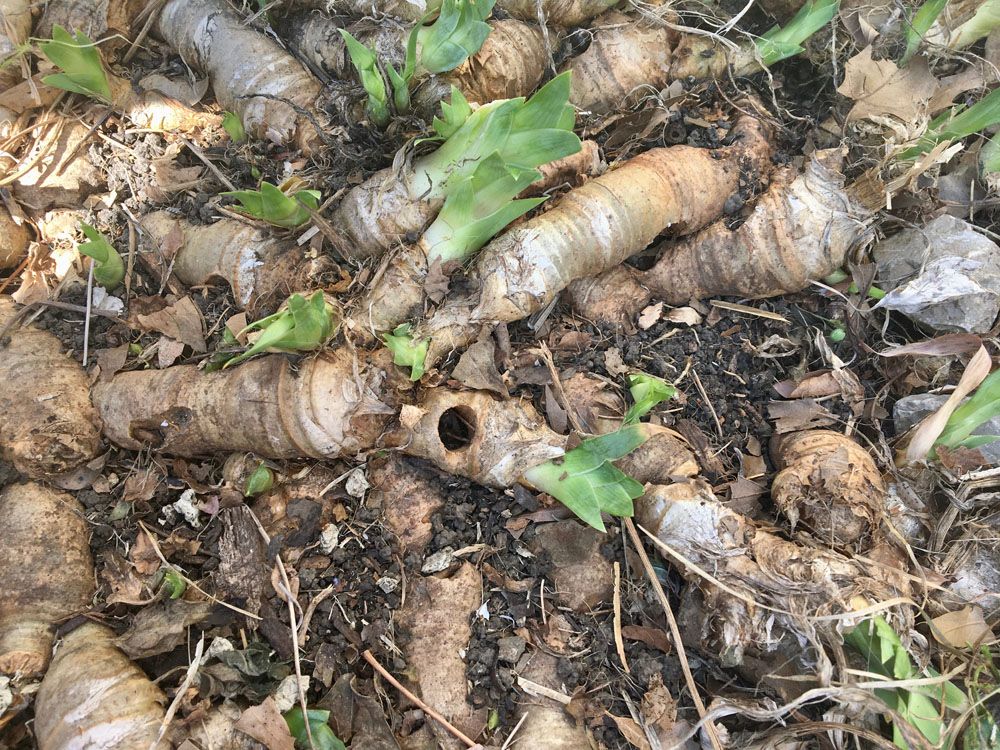
Iris Borer – Macroonocutua onusta
Iris Borer (Macroonocutua onusta)
Latin Name: Macroonocutua onusta)
Common Name: Iris Borer
Appearance:
- Macroonocutua onusta (Iris Borer) is a huge brown and smoky dark grey moth with an 18–21 mm FW length.
- Caterpillars develop cylindrical, smooth, and up to 1 3/4″ long when fully grown. Pupae are glossy and dark brown to practically black.
- The wing span of adult moths is 1 1/2-2 inches. Scales cover the wings, purplish-brown on the front and yellowish on the back. The surface of the eggs is not smooth but rather sculpted.
- They change color from a creamy tint with a greenish tinge to lavender. They’re mainly found in nooks and rough areas on dried, brown, dead leaves.
